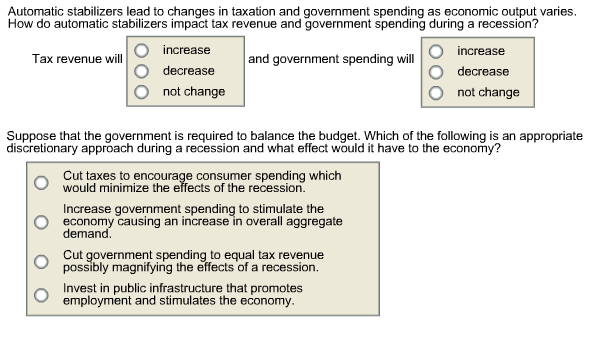

To announce significant fiscal support measures (in February). As theįirst country to be affected by the COVID-19 outbreak, China was the first

The first wave of fiscal measures was delivered between February and April 2020 (Graph 2). Largest single-year increase in the government debt-to-GDP ratio during peacetime (Graph 1).įiscal support in the acute phase of the downturn was initially delivered rapidly, and in large part wasĪ response to the effects of public health measures (such as mobility restrictions) on economic activity. For many economies, this has contributed to the

Provided smaller, yet still significant, direct fiscal support which has been equivalent to betweenġ and 9 per cent of GDP (IMF 2021). Authorities in emerging market economies have Including those that are expected to persist into early 2022, have ranged from 5 toĢ4 per cent of 2019 GDP in advanced economies. Most economies have yet to move beyond the acute phase of the fiscal response. The fiscal response to the COVID-19 pandemic was the largest in The article concludes with a brief outline of policy measures largely intended for the This is followed by a discussion of itsĮffects on labour markets, private incomes, economic activity and governments' fiscal Size and composition of fiscal responses around the world. the direct fiscal response), as opposed to indirect (off-budget) measures thatĭo not have an immediate effect on the budget (such as loan guarantees). This article focuses on the fiscal response during the acute phase and measures that affect government Support measures will be spread over a longer period than the acute phase. Investment and, to a lesser extent, incentives to support private investment and consumption. This includes public infrastructure, ‘green’ In the recovery phase, when infections have been brought under control, fiscal support.Subsidies and increased healthcare funding. Mainly been achieved through large direct transfers to households, enhanced unemployment benefits, wage Supporting private incomes, preserving employment relationships and shoring up health systems. In the acute phase, which is still ongoing in many economies, the response has focused on.

Stronger than expected in large part due to unprecedented policy support. Which substantially limited the decline in economic activity. This included the largest fiscal policy response in decades, Severity of the pandemic became apparent early in 2020, authorities across the world began implementing a The COVID-19 pandemic sharply disrupted economic activity and, in mostĬountries, triggered the largest economic contraction since at least the Second World War. For as long as governments anchor spending decisions in a sound medium-term fiscal framework and interest rates remain lower than the rate of economic growth, ongoing fiscal support need not pose problems for government debt sustainability. Fiscal policy is likely to remain supportive for some time after the pandemic subsides, and in many countries is expected to focus increasingly on boosting investment. The size and composition of the fiscal response has varied across countries, reflecting differences in automatic stabilisers, pre-pandemic fiscal space, the severity of infections and policy preferences. Governments have prioritised direct fiscal support for private incomes and employment, which has limited economic scarring and established a solid foundation for the recovery. Globally, the fiscal policy response to the COVID-19 crisis has been the largest and fastest in peacetime.


 0 kommentar(er)
0 kommentar(er)
